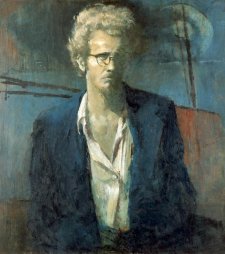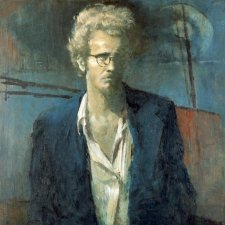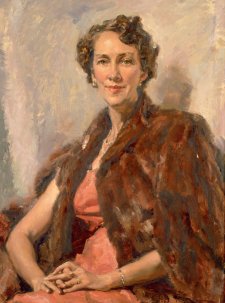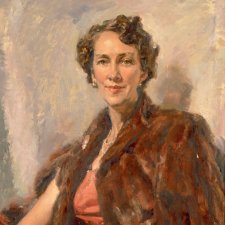Professor Fiona Wood AM is the latest in a distinguished line of medical researchers and doctors to become Australian of the Year. The first-ever Australian of the Year, in 1960, was Macfarlane Burnet, winner of the Nobel Prize for Physiology or Medicine.
Other Australian Nobel laureates for Medicine, John Eccles and Peter Doherty, were Australians of the Year in 1963 and 1997 respectively. Weary Dunlop took the honour in 1976. Doctors and medical researchers to serve as Australian of the Year since 1990 include paediatrician Dr John Yu, immunologist Gus Nossal, eye surgeon Fred Hollows and epidemiologist, Fiona Stanley.
Fiona Wood (b. 1958), plastic and reconstructive surgeon, is Director of Burns Service at Royal Perth Hospital and the Princess Margaret Hospital for Children and co-founder of Clinical Cell Culture Ltd, a company pioneering and commercialising treatments for burns.
Yorkshire-born Wood studied medicine in London before migrating to Perth in 1987 and completing her training in plastic surgery here. In 1993 she set up a skin culture laboratory with medical scientist Marie Stoner. Within a few years they had developed CellSpray, a process in which a small piece of a burn patient’s skin is cultured for five days in an enzyme solution and the resulting suspension of active skin cells is sprayed evenly across the surface of burn wounds. CellSpray was launched in Europe in June 2005. Wood and Stoner’s biotech company Clinical Cell Culture Ltd (known as C3), founded in 2000 and listed on the Stock Exchange in 2002, is now worth many millions of dollars. C3’s profits are channelled back into tissue engineering research at the McComb Foundation, also co-founded by the two women. A strong advocate of collaboration with the biotech sector, Wood believes that by engaging communicatively with the broader community, scientists and medical researchers will progressively ‘increase the level of comfort in those people that are in a position to fund, whether it be governments or corporate’. Wood and Stoner received the Australian Technology Achievement Award in 2005.
Although she has long been recognised as a leader in the field of burns treatment, Fiona Wood came to national prominence in 2002, when 28 victims of the Bali bombings of October 12 were flown to Perth for care. Over the preceding years Wood had laid plans to cope with a large scale disaster in Perth; when the crisis came, her leadership and commitment during five days of intense operations with theatre staff working around the clock were exceptional. Patients described the impact of her personality, as well as her professional skill, on their recovery: ‘The confidence in her would come out and would grow on you… you wouldn’t be worried about how it was going to be… she’s just a professional… and a perfectionist’, said one young survivor.
As Australian of the Year – and famously, a hands-on mother of six children between 10 and 20 - former athlete Wood stresses that ‘we should be striving to have a society dependent on every one of us. If we want hi-tech medicine then we have to take the responsibility personally for reducing the amount of health budget spent on preventable disease… so go for a walk for half an hour a day.’ When she was a student, her coal miner father told her that ‘the harder you work, the luckier you get’, and she stresses that ‘there’s an awful lot of people trying their best to do things, small and large… [people can] make that choice to be positive, and by making that choice and feeling good, they can actually build on that… I’ve seen that certainly in the community around me, increasing over the last coupe of years’. She has not cut back on work commitments because of her duties as Australian of the Year: ‘I’m Australian of the Year because of what I do’, she stresses.
Named a National Living Treasure in 2004, Professor Wood continues to specialise in major burn care, trauma and scar reconstruction, with ‘scarless woundless healing’ her obsessive pursuit. She readily accepts the attentions she now receives saying that it is ‘so positive it’s not unpleasant in anyway… what I do from a professional point of view is appreciated.’ However she warns, ‘when people have come to do photographs, I’ve said, “Well this is what you get.” I don’t see any sense in brushing it up.’














